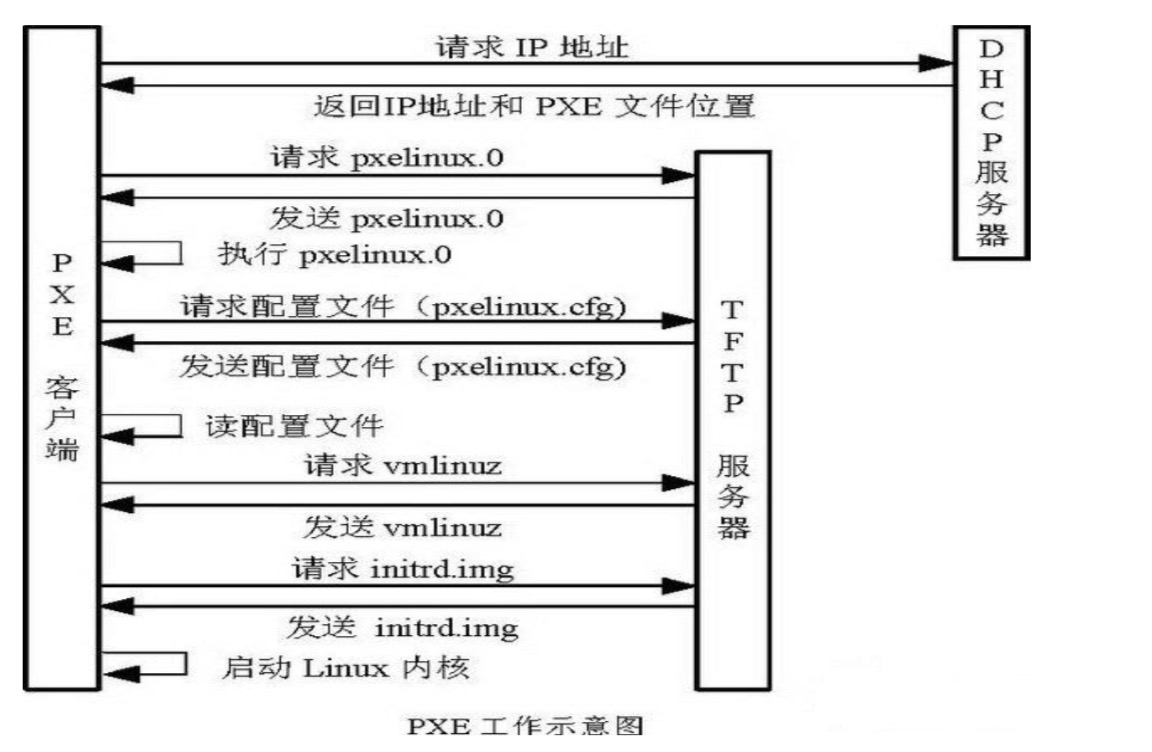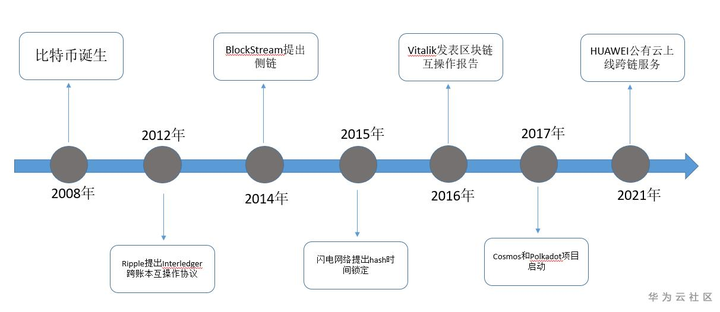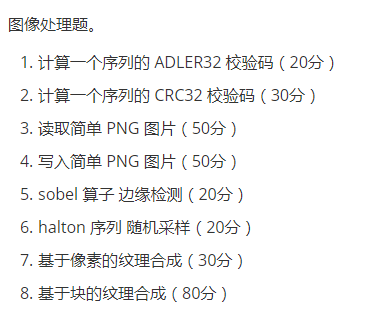I'm trying to track clicks from our site to an external website. On the external website, I'd like to place some code on their checkout thank-you page, that tells our server that a particular click has resulted in a sale.
How does this tracking code work? Does it need to be a pixel? Do we need to drop a cookie before we send the user to the external website?
Thanks.
Pixel-based conversion tracking is pretty straightforward. You set up a basic web server to accept HTTP GET requests and write logs for those requests. On the merchant's confirmation page you put an image where the src attribute is a URL on your tracking server. That URL contains any data you need to collect for the sale, which will show up in your server logs.
(No, this doesn't need to be a pixel. It can be any excuse to make a client request something from your server. XHR requests, script tags, etc will work just fine.)
Example: if you need to know the Order ID number and value of a sale, you could have the merchant embed a pixel that looks like this: <img
src="http://tracker.example.com/i.gif?orderID=12345&orderVal=99.95">.
Your server logs will now have a record of sales generated on
that site.
Now you need some way to separate sales you generated from the rest of them. There are three ways to go about this:
- you do the tracking,
- merchant does the tracking
- you work with a third party.
An affiliate network can be that third party, the merchant can track traffic sources and use that data to decide when to display your tracking pixel, or you can track it yourself. Which way you go depends on the terms of your partnership.
One popular and easy way to track which sales are yours is to set a cookie on the same domain as the tracker. Since many clients will block 3rd-party cookies, you will track best if your tracking server is also a redirection server.
Example: on your site you make outbound clicks go through your
tracking server. Whereas you used to have an <a> tag that pointed to
http://destination-site.com/landing-page.html you now send traffic
to: http://tracker.example.com/redirect.php?url=http%3A%2F%2Fdestination-site.com%2Flanding-page.html. In this example, redirect.php
should set a cookie and a redirect to the
destination site.
Your server logs will now have that cookie value on image requests from
the merchant's confirmation page, along with any other data you passed
in the cookie (or associated with it on your back end). Now, when you look at your tracking
server logs you know the image requests with cookies are yours and the others are not.
Things start getting complicated when there are more parties involved, deeper reporting needs, accounting and PII policies to comply with, concerns over fraud, etc but that's the gist of it.



